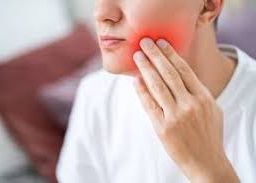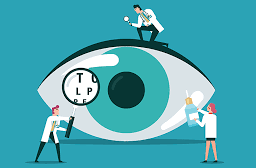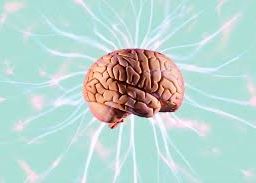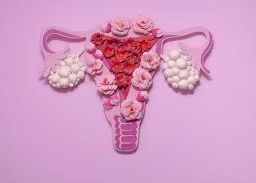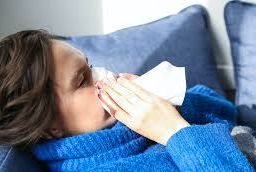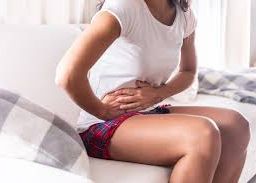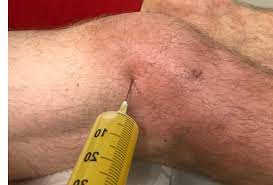
Knee Fluid Drainage: When Is Draining the Right Choice?
Knee Fluid Drainage is a critical topic for many individuals experiencing discomfort or noticing differences between their knees. When comparing knees, it’s not uncommon to observe one appearing more swollen than the other. This visible discrepancy often raises concerns and prompts a deeper understanding of the underlying issues associated with Knee Fluid Drainage. In this context, recognizing and addressing such differences becomes paramount for informed decision-making and appropriate treatment.
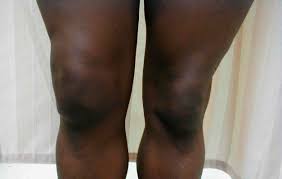
Dealing with knee pain and discomfort due to the presence of fluid can be both frustrating and limiting, and when there’s an accumulation of fluid in the knee, it’s a cause for concern. Many people facing this issue often wonder whether draining the knee fluid is the best course of action. While knee drainage is a common medical procedure, it’s essential to understand that it’s not always the right solution for everyone. In this post, we’ll explore the controversy surrounding the idea that you should always drain knee fluid and why it may not be the best approach in all cases.
Understanding Knee Fluid
Knee fluid, or knee effusion, is a condition characterized by an abnormal buildup of fluid in the knee joint. It can result from various causes, including injuries, arthritis, infections, and underlying medical conditions. The accumulated fluid can cause pain, swelling, and limited mobility, making it essential to address the issue promptly and appropriately.
The Purpose of Knee Drainage:
Knee drainage, also known as aspiration, involves removing excess fluid from the knee joint using a syringe and needle. This procedure can be helpful in several situations:
1. Infection Management: If there is a suspicion of an infection within the knee joint (septic arthritis), draining the fluid is often necessary to prevent the infection from spreading. Infection can lead to severe joint damage if left untreated, so prompt drainage and antibiotic treatment are typically recommended.
2. Relieving significant Pain and Swelling: When knee effusion leads to intense pain, extreme discomfort, and considerable swelling, drainage can provide quick relief by reducing pressure on the joint. This is often the case with traumatic injuries or acute inflammatory conditions.
3. Diagnostic Purposes: In some situations, fluid drainage may be required to collect a sample for diagnostic testing. Knee fluid analysis can help healthcare professionals identify the underlying cause of the knee effusion and determine the most appropriate treatment plan.

Why Knee Drainage Might Not Always Be Necessary:
While knee drainage can be beneficial in many instances, there are scenarios where it may not be the best choice:
1. Underlying Causes: Not all knee effusion is the same. Knee effusion can result from various causes, including trauma, inflammation, or chronic conditions like osteoarthritis or rheumatoid arthritis. In these cases, the primary focus should be on treating the underlying cause rather than solely draining the fluid. If the underlying cause can be managed effectively without drainage, then the procedure may be unnecessary.
2. Minor or Self-Limiting Cases: In mild cases of knee effusion, where the fluid buildup is minor and not causing severe discomfort or mobility issues, it may resolve on its own or with conservative treatments such as rest, anti-inflammatory medications, and physical therapy.
3. Recurring Fluid Buildup: In cases where knee fluid continues to accumulate, healthcare professionals may explore long-term solutions, such as addressing the underlying cause, rather than frequent drainage. Repeatedly draining the knee fluid without addressing the root cause may not be an effective long-term solution. It’s essential to identify and manage the underlying issue to prevent further fluid accumulation.
4. Self-Resolution: Some cases of knee effusion can resolve on their own with conservative treatments, such as rest, ice, compression, and elevation (RICE), or with the use of anti-inflammatory medications.
5. Risk of Complications: Any medical procedure carries some risk of complications, including infection, bleeding, and damage to surrounding tissues. If the potential benefits of knee drainage do not outweigh these risks, it may not be recommended.
Myths and misconceptions related to fluid in the knees:
There are several myths and misconceptions related to fluid in the knees, which can lead to confusion and misunderstanding. Here are some common myths related to knee joint fluid:
1. Myth: Fluid in the knee is always a sign of a serious problem.
Fact: While excess fluid in the knee can be a sign of an underlying issue, it doesn’t always indicate a severe problem. Fluid buildup in the knee, also known as knee effusion, can result from various causes, including injury, inflammation, or arthritis. Some cases of knee effusion can resolve on their own or with conservative treatments.
2. Myth: Knee fluid is always a result of aging.
Fact: While knee problems are more common as people age, knee effusion can affect individuals of all ages, including children and young adults. It is not exclusively an age-related issue.
3. Myth: If you have fluid in your knee, you should always drain it.
Fact: Not all cases of knee effusion require drainage. The decision to drain knee fluid depends on the underlying cause, the severity of symptoms, and the advice of a healthcare professional. Drainage is typically considered when there is significant pain, swelling, or when an infection is suspected.
4. Myth: Fluid in the knee can be treated with over-the-counter pain relievers alone.
Fact: While over-the-counter pain relievers may help manage symptoms temporarily, they do not treat the underlying cause of knee effusion. To address the issue effectively, it’s important to diagnose and treat the root cause, which may involve physical therapy, medication, lifestyle changes, or other medical interventions.
5. Myth: Rest is the best treatment for knee fluid.
Fact: Rest can be helpful for certain types of knee problems, but it may not be the most appropriate treatment for all cases of knee effusion. The appropriate treatment plan depends on the underlying condition and should be determined in consultation with a healthcare professional.
6. Myth: Knee fluid can always be prevented.
Fact: While some knee problems can be prevented or mitigated through a healthy lifestyle, including maintaining a healthy weight and staying active, not all cases of knee effusion are preventable. Some may be due to factors beyond an individual’s control, such as genetics or injury.
7. Myth: If you have knee fluid, you should avoid all physical activity.
Fact: Depending on the underlying cause, some level of physical activity may be beneficial for knee effusion. In fact, physical therapy and exercise can be part of the treatment plan for certain conditions. It’s essential to follow medical advice and guidelines for activity while managing knee fluid.
Consulting a Healthcare Professional:
If you’re experiencing knee problems, it’s important to consult with a healthcare professional for an accurate diagnosis and appropriate treatment. Don’t rely on myths and misconceptions when it comes to your health. The decision to drain knee fluid should be made in consultation with a healthcare professional who can evaluate your specific condition and needs. They will consider various factors, including the underlying cause, the severity of symptoms, and the potential benefits and risks of knee drainage.
The myth that knee fluid should always be drained is not accurate. The decision to drain knee fluid should be based on a thorough evaluation of the specific case, taking into consideration the underlying cause, the patient’s symptoms, and the advice of healthcare professionals. The best approach is to seek medical advice and trust the expertise of healthcare professionals who can guide you toward the most appropriate treatment plan for your unique situation, whether that includes draining knee fluid or addressing the underlying issue through other means. While knee drainage can provide relief and aid in diagnosis in many cases, it is not a one-size-fits-all solution. The appropriateness of knee drainage depends on the individual’s unique circumstances and the recommendations of a healthcare professional.
Disclaimer: This blog post is intended solely for informational purposes and does not constitute medical advice. Always consult with a qualified healthcare professional for personalized guidance regarding your specific health situation.



